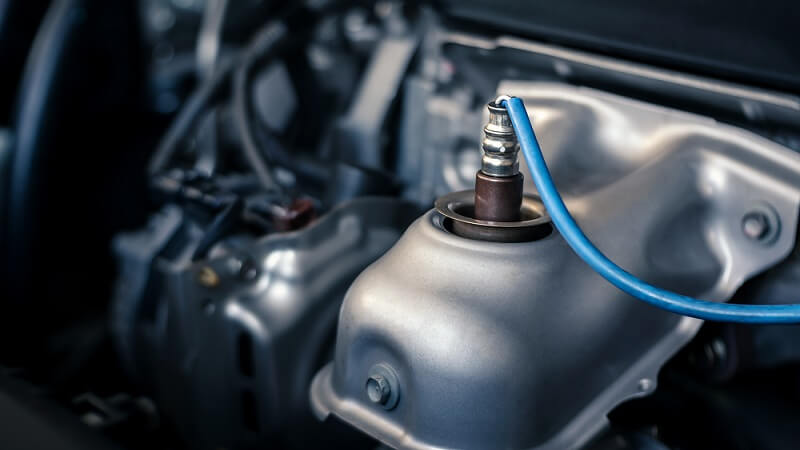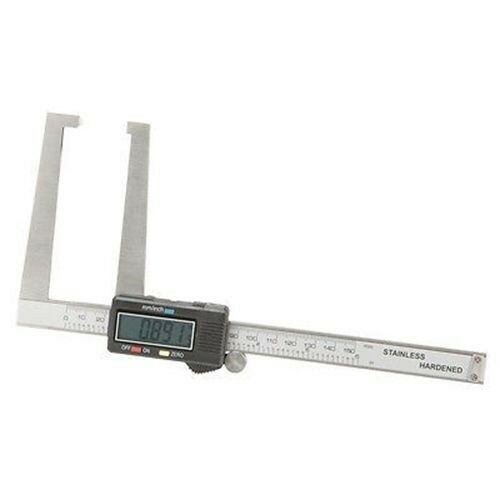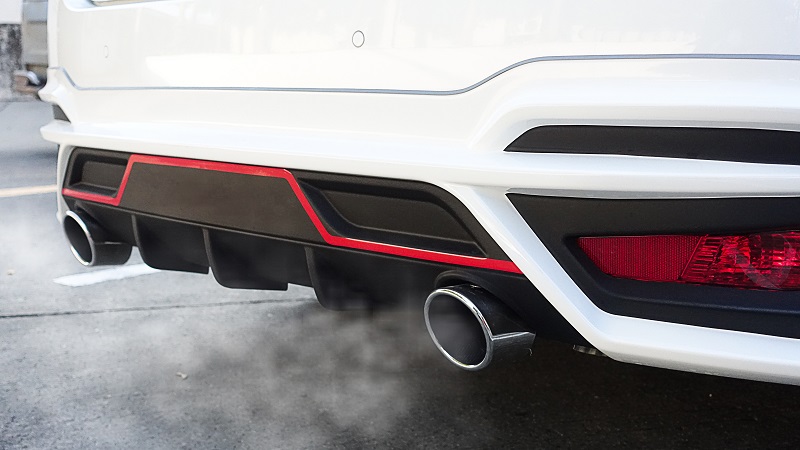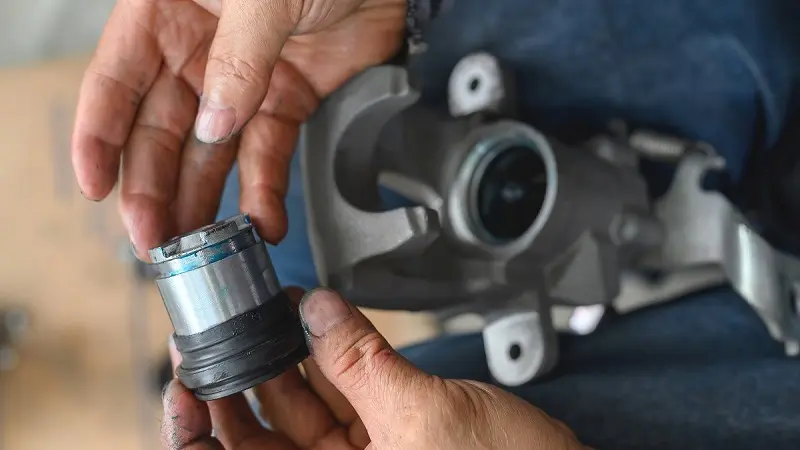Internal combustion engines are surprisingly delicate systems despite their ability to harness explosions and turn them into force. An average engine requires numerous conditions to be met in order to work. One of those numerous things is a perfect air and fuel ratio. Every internal combustion engine requires fuel and air in a specified quantity for easy combustion.
When this quantity or ratio of fuel and air is exactly what the engine demands, it is known as a stoichiometric mixture. However, when it isn’t and there’s an imbalance, you could find your engine running lean, or rich. Both rich and lean running engines have their sets of disadvantages and advantages, but it’s lean mixtures that we’ll be discussing in detail below.

Article updated on 02/17/22. Original publishing date 03/10/21.
What Does Engine Running Lean Mean?
An engine running lean means that there’s an excessive amount of air in the air-fuel ratio. As we mentioned before, most engines demand a specific balance of air and fuel to conduct a perfect combustion cycle. This balance or target is called stoichiometry. The whole idea behind this process is that it allows for only a precise amount of fuel to be dispensed. In an ideal situation, this amount of fuel will be exactly what is required to ignite all the oxygen in a cylinder.
When an engine has more fuel than air in the cylinder, it will lead to an engine running rich. A rich mixture will result in excess carbon monoxide in the exhaust among other things. Similarly, excess oxygen in the exhaust is a pointer to an engine running lean. A lean running engine is a result of not only excess air when compared to the fuel, but also as less fuel supply for the amount of air.
An engine running lean can be a result of multiple causes and in most cases, it also has quite a few which makes diagnosing and fixing the issue straightforward. We’ll discuss it and more in just a bit, but before we do, let’s talk about the negative effects of a lean condition.
Can Running Lean Damage the Engine?
Yes, an engine running lean can certainly end up damaging itself. An engine that’s designed to use a stoichiometric mixture will make less power when fed a lean mixture compared to its figure from when it was running a stoichiometric or rich mixture.
An engine running lean can also lead to a ‘soft seize’. A soft seize is damage caused by friction between an engine piston and the piston-cylinder wall. It occurs as a result of a momentary dry spot where the metal surfaces come in contact. This contact causes burns or friction damage on the side of the piston. If the air-fuel ratio is returned back to normal at this stage and sufficient fuel flow returns, the piston could work as normal, but the damage will remain.
That’s not all, if the engine is running drastically lean it can cause the internals to heat beyond the tolerances. If this were to happen, it would cause catastrophic damage as the piston would be grinding against the cylinder wall. At this point, multiple components like the connecting rod or the crankshaft arm could break and lead to serious damage.
With all that said, there is such a thing as an engine running lean by design. These types of engines are known as lean-burn engines.
These unique engines are quite uncommon and use excess air to reduce emissions. As the engine is being fed with less fuel than in a conventional application, it emits fewer hydrocarbons. Another big advantage of a lean-burn engine is that it results in a smoother throttle response or reduced knock. While lean-burn engines sound great on paper, they have their own set of challenges.
Can You Drive a Car Running Lean?

Yes, you can drive a vehicle running lean for a short distance. An engine running lean will suffer a higher amount of thermal load. Ignoring this and using the vehicle running lean for extended periods of time will definitely harm the engine. If you have to run the vehicle for a short period in a lean state, it’s highly recommended that you take it easy and avoid pushing the engine too much.
Luckily, most modern vehicles have engine control units (ECUs) that continuously monitor the air-fuel ratio. And if the system notices that the vehicle is running lean it will automatically enrich the mixture as a safety measure. Most vehicles will do this and signal a fault code related to the lean mixture.
While it does reduce the damage that would otherwise be caused by a lean mixture, it’s still not running as it should as it’s now running rich. This will come with all of its drawbacks including poor fuel efficiency. Another huge side effect of running a vehicle rich like this will be damage to the catalytic converter and oxygen sensors. Lastly, it’ll also impact the condition of your engine oil.
This is why it’s best that you completely avoid driving a vehicle with an engine running lean for an extended distance or duration. To help you pinpoint whether you have an engine running lean, here are the most common symptoms.
Known Symptoms
Here are some of the most common symptoms of how to recognize when your engine is running lean.
Starting Trouble
This symptom shouldn’t come as a surprise because vehicles need fuel to start. If you have an engine running lean it’ll have a hard time getting the required fuel to get it to turnover.
That being said, this particular symptom is shared by multiple other problems, which is why it is best that you consider a lean mixture to be the potential problem. Regardless, this is an issue that you won’t like to have for too long, and it’s best that you get it sorted without delay.
Decrease In Performance
One of the first things you’ll notice with an engine running lean is decreased performance. This is a symptom you’d experience only if the vehicle managed to get started in the first place. This symptom is an expected one as the air-fuel ratio is not ideal and the vehicle is having trouble dealing with the increased air in comparison to the fuel. As a result, the vehicle will either have trouble meeting the demand of the fuel or dump excess fuel.
Either way, the uneven air-fuel ratio will affect the combustion cycle which in turn will be discernible through the lowered performance. You will be able to notice the lowered performance in the form of weak acceleration.
Clean Spark Plugs
In a normal application, the spark plugs in your vehicle are meant to get dirty over time. Spark plugs are consumables, and they should have some form of residue on their tips.
This residue is a byproduct of the fuel being burnt inside the engine. However, if you notice the spark plugs in your vehicle are clean and almost like new, it’s an indicator of an engine running lean.
Check Engine Light
Modern vehicles are loaded with sensors, and these sensors communicate all kinds of information. Luckily, information related to the air-fuel ratio is also included. With the help of the mass airflow sensor and the ECU, the vehicle will be able to communicate that you have a lean running engine via the check engine light.
While the check engine light can illuminate due to multiple reasons, it is important to know that an improper air-fuel ratio is part of that list. You could get more information with the help of the fault code on a scan tool, depending on the vehicle.
Stalling Engine
Lastly, another common symptom that you can expect with an engine running lean is one that stalls. This is one you may have seen coming given the aforementioned symptoms like starting and performance troubles. In the case of an engine running lean, it’ll sputter and jerk until it stalls. The only way to keep them running in this scenario is by feathering the accelerator pedal. This will force a slightly higher amount of fuel into the system and keep the vehicle running till you get the problem addressed.
How to Fix the Lean Condition?

Fixing an engine running lean involves diagnosing the issue and resolving the issue as soon as possible. Listed below are issues that could be causing the lean condition.
- Damaged oxygen sensor
- Dirty fuel injectors
- Faulty MAF sensor
- Weak fuel pump
- Clogged fuel filter
Of all of the potential causes listed above, it’s only dirty fuel injectors that can be cleaned and reinstalled. The rest of the problematic components – oxygen sensor, MAF sensor, fuel pump, and fuel filter – are components that are best replaced.
Newparts Has Them All!
After you diagnose which of these components is at fault, you can simply order a brand-new replacement right here! We have the parts listed above for a variety of vehicles. Head to the Shop section and get the components you need to prevent your engine from running lean!





